Oral Health
Oral health is fundamental for a child's overall health and well-being. In the United States, the most common chronic—yet preventable—disease among children is cavities (also known as caries or tooth decay).1 Poor oral health can cause pain, infections, and difficulties with eating and speaking, negatively impacting a child's health and development. Additionally, children with poor oral health often suffer from lower self-esteem, miss more school days and perform worse academically than their peers due to sleep disturbances, difficulty focusing and increased absenteeism.2
Community insights
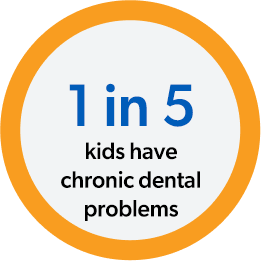
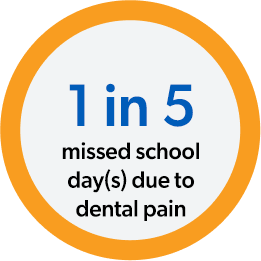
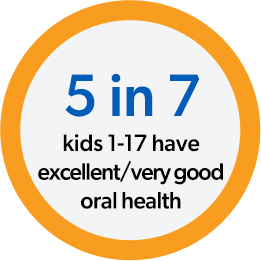
In the eight-county primary service area—Collin, Denton, Grayson, Hood, Johnson, Parker, Tarrant and Wise counties, approximately 5 in 7 children ages 1 to 17 (about 818,900) have excellent or very good oral health. The majority of caregivers reported that their children engage in healthy oral hygiene behaviors, such as having their own toothbrush and brushing their teeth daily. However, in the past year, nearly 1 in 5 children (about 217,700) have experienced chronic or frequent dental problems. Additionally, 1 in 5 school-age children (about 150,400) have missed more than one day due to dental pain.3
The American Academy of Pediatric Dentistry (AAPD) recommends that children receive preventive dental care every six months—starting as early as one year old—to prevent oral health problems.4 Early oral health visits allow for the detection and treatment of diseases, provide caregivers with guidance on maintaining or improving their child’s oral health, and reduce the need for invasive and costly dental care and emergency room visits.
In the eight-county service area, 20% of children ages 1 to 17 (about 220,900) did not visit a dentist or other oral health professional for any care in the past year. Although overall rates are similar to Texas (21%) and national (18%) averages, four counties—Grayson (31%), Hood (25%), Wise (23%), and Collin (22%)—exceeded both the state and national rates.3,5 View the county-level snapshot to learn more about issues related to oral health in our eight-county service area.
There are not enough providers, and of those that are available, not many families can afford to use them. Even more so, there is a lack of knowledge and awareness of the importance of oral health on the growth and development of a child.
Our focus areas and key efforts
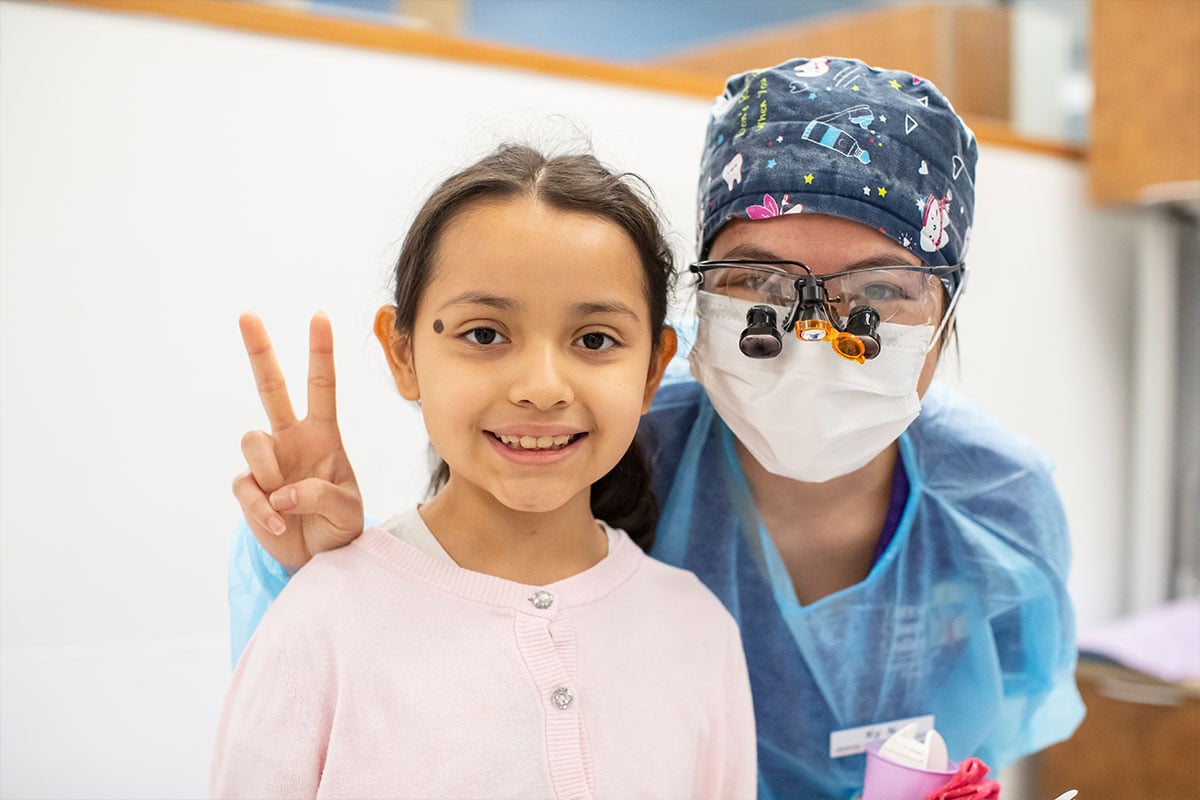
Oral health programming
- Provides oral health tools and resources to priority populations
- Provides access to dental treatment and coordinatre care support for targeted partnerships
- Raises awareness through legislative advocacy

Health access action team
- Engages dentists and community partners in the “Rise Up for Oral Health” movement to improve dental care access, availability, and advocacy where people live, work and go to school
- Distributes oral health tools and resources to priority populations
- Offers a train-the-trainer course to professionals
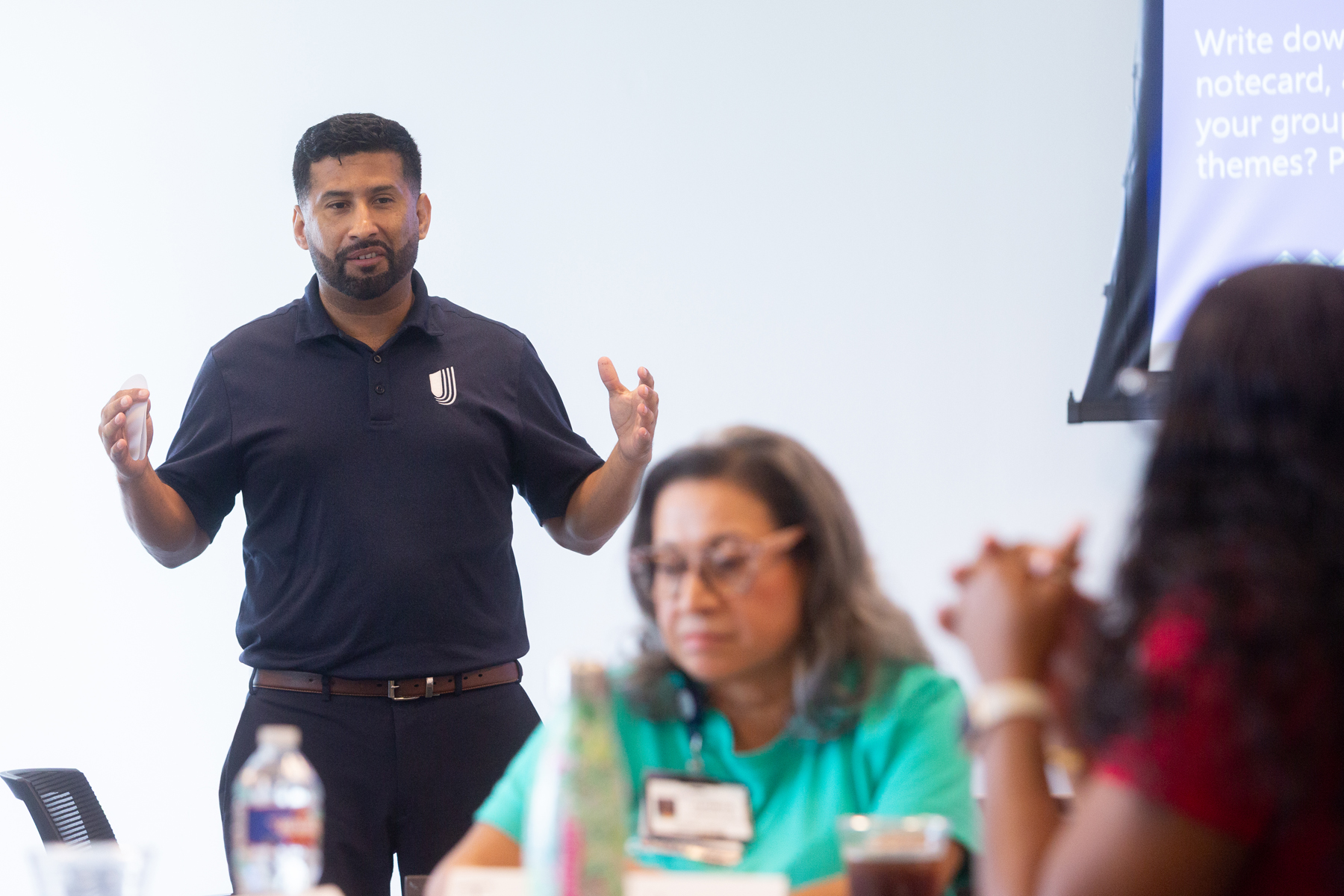
Leadership action team
- Provides clear, achievable goals and support for each action team
- Recruits a cross-sector of members and partners to engage in the movement to improve dental care access, availability and advocacy to ensure all our neighbors have a healthy smile in our 8-county service area
- Promotes collaboration and awareness around priority strategies to build a greater impact for the collective work of each action team
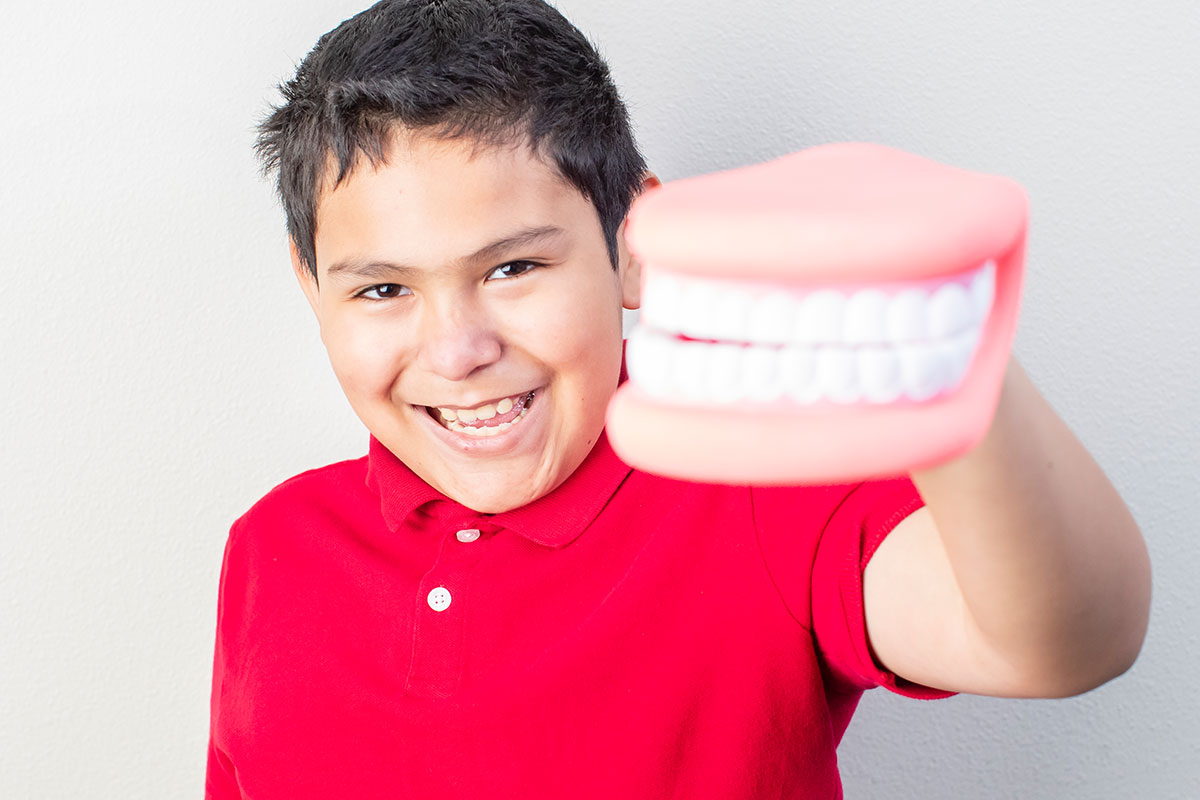
Save a Smile®
- An innovative, nationally recognized, collaborative program
- Provides restorative and preventive dental care to children from low-income families in the community through volunteer dentists
- School-based grassroots approach includes a social service model and is the key component to connecting children to the care they need
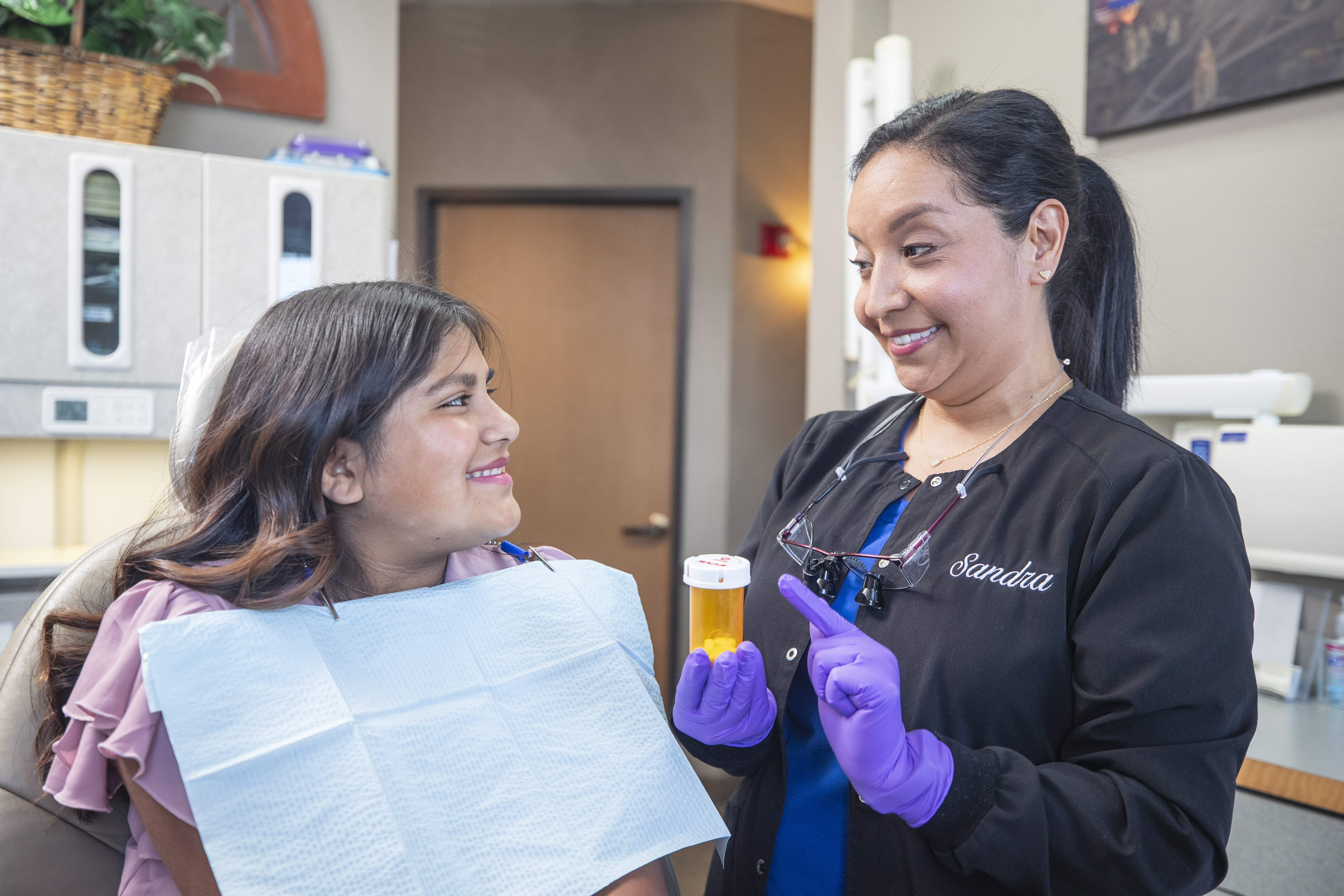
School-based oral health action team
- Supports awareness campaigns and events at schools to connect the dots between oral health and overall health
- Ensures students are healthy and ready to learn through dental screenings, age-appropriate education, and distribution of oral health tools
Contact us about our program.
For more information, contact ottis.goodwin@cookchildrens.org.
Access free resources
The Center for Community Health is committed to providing free education and access to our data.
References
1National Institute of Dental and Craniofacial Research. Big hopes for little teeth. National Institute of Dental and Craniofacial Research. Published January 2024. Accessed August 2024. https://www.nidcr.nih.gov/newsevents/nidcr-news/2024/big-hopes-little-teeth
2Gereige R. Oral health inequities in children: The case for public health measures. American Academy of Pediatrics. Published June 9, 2023. Accessed May 6, 2024. https://publications.aap.org/journal-blogs/blog/24676/OralHealth-Inequities-in-Children-The-Case-for.
3Community Health Needs Assessment Report. (2024). Cook Children’s Health Care System. Fort Worth, Texas; or Cook Children’s CHNA 2024 at www.cookchildrens.org/chna (accessed September 2025). https://www.cookchildrenscommunity.org/data
4American Academy of Pediatric Dentistry. Early preventive dental visits. Published April 2014. Accessed May 2024. https://www.aapd.org/assets/1/7/Early_Preventive_Dental_Visits_Tech_Brief_2014.pdf
5Child and Adolescent Health Measurement Initiative. 2022 National Survey of Children’s Health. Data Resource Center for Child and Adolescent Health; 2023. Supported by the US Department of Health and Human Services, Health Resources and Services Administration, Maternal and Child Health Bureau. Accessed July 2024.
www.childhealthdata.org